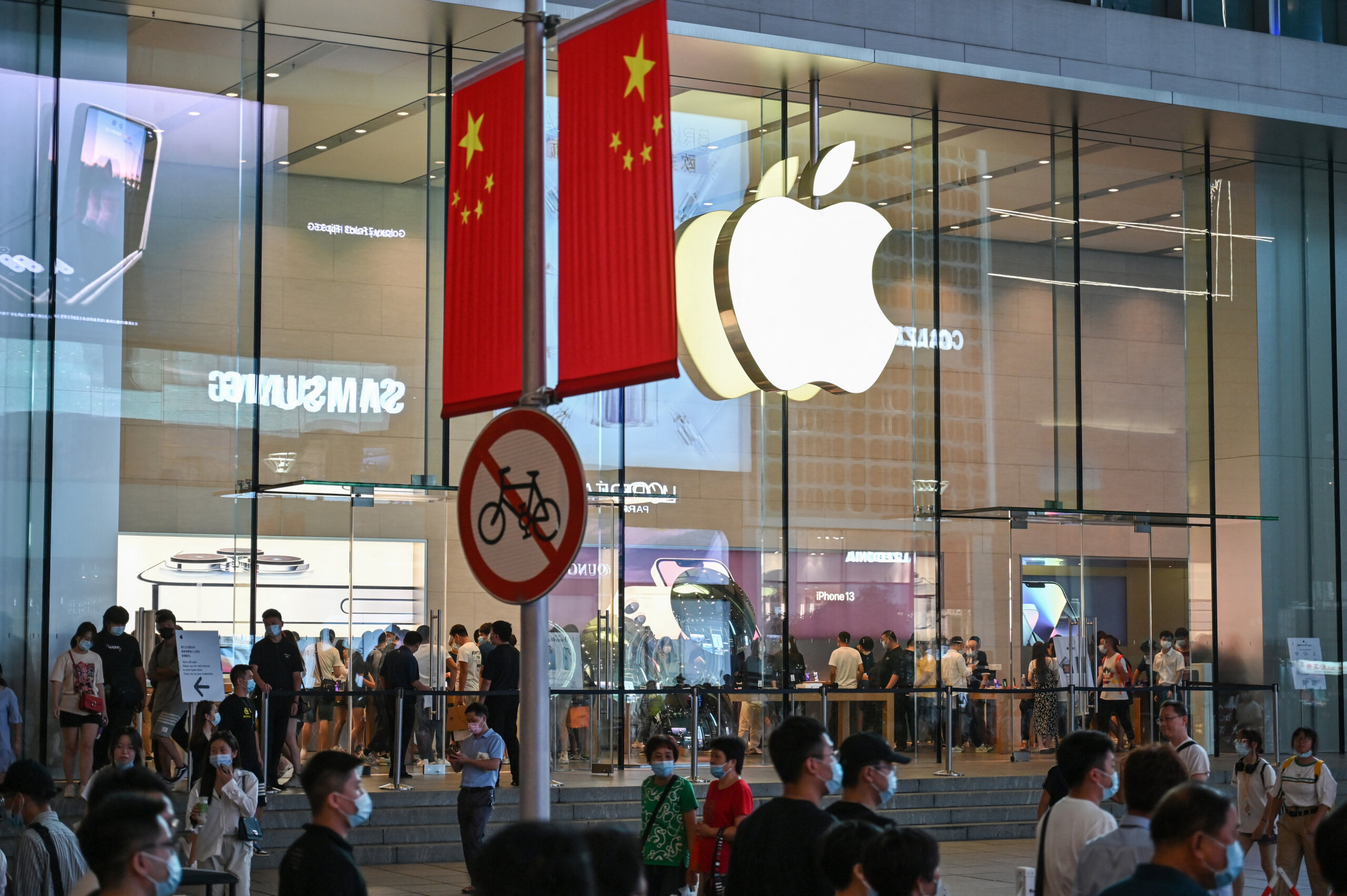- Apple’s pricing strategy in China shifts to stealth discounts as market share erodes.
- Price hikes in the US, but slashes iPhone channel prices 31% in China.
Apple’s pricing strategy in China has undergone a dramatic transformation, with iPhone prices slashed by up to one-third on major Chinese e-commerce platforms – a move that speaks volumes about the company’s increasingly precarious position in the world’s largest smartphone market.
This isn’t the calculated pricing adjustment of a market leader; it’s the defensive manoeuvring of a company watching its Chinese empire crumble. The numbers tell a stark story. According to the South China Morning Post, iPhone discounts of up to 2,500 yuan (US$346) are now widely available among distributors, with the iPhone 16 Pro dropping to 5,999 yuan on JD.com and Alibaba’s Tmall – a 31% reduction from the official mainland price.
For a company that has historically commanded premium pricing globally, these aren’t discounts; they’re distress signals. What makes the price strategy particularly telling is its stealth nature. Apple hasn’t officially announced these cuts, instead working through distributor channels and maintaining official prices on its website.
The approach allows the company to perhaps preserve face while acknowledging market realities – a delicate dance that reflects the complexity of Apple’s relationship with Chinese consumers. Frankly, the timing couldn’t be more ironic.
Just as the Wall Street Journal reported that Apple is considering price hikes for its autumn iPhone lineup in the US market – carefully avoiding any connection to Trump’s tariffs on Chinese imports – the company is doing the exact opposite in China.
Apple China pricing strategy: A tale of two markets
The tale of two markets reveals the fundamental challenge facing Apple: how to maintain premium positioning globally while competing in an increasingly commoditised Chinese market. Currently, the Chinese government subsidy program, offering up to 500 yuan for smartphones under 6,000 yuan, has been a game-changer that Apple initially couldn’t exploit.
Most iPhones sat above this threshold, giving local competitors like Huawei and Xiaomi a significant advantage. By slashing the iPhone 16 Pro price to qualify for the subsidies, Apple is essentially admitting it can no longer compete on brand prestige in China.
The shift represents more than just pricing pressure; it’s a fundamental challenge to Apple’s global brand architecture. The company has spent decades cultivating an image of premium exclusivity, with consistent global pricing serving as a key pillar of its plans.
Fragmenting this approach – premium pricing in the West, competitive pricing in China – risks undermining the very brand equity that justified premium prices in the first place. However, the competition from Chinese manufacturers isn’t just about price.
Huawei’s resurgence with its Mate 60 series, built on domestically-produced chips despite US sanctions, has shown Chinese consumers that local brands can match or exceed Apple’s technology. Xiaomi, meanwhile, continues to offer flagship features at mid-range prices, making the iPhone’s value proposition increasingly questionable for consumers.
Beyond price wars: The technology challenge from Chinese rivals
Apple’s China pricing strategy reflects broader economic realities. China’s sluggish economy has made consumers more price-sensitive, while rising nationalism has made “buying Chinese” more appealing. The subsidy programme designed to stimulate domestic consumption has inadvertently become a competitive weapon against foreign brands.
The implications extend beyond China. If Apple normalises deep discounting in its second-largest market, it becomes harder to maintain premium pricing elsewhere. Consumers in other markets may begin questioning why they’re paying significantly more for the same devices, potentially forcing similar pricing adjustments globally.
Hereon, Apple faces an uncomfortable choice: continue protecting margins and watch market share evaporate, or embrace more aggressive pricing and risk commoditising the iPhone brand. The current stealth approach suggests Apple hopes to thread the needle – competing on price in China while maintaining premium positioning elsewhere.
The current discount strategy buys time but doesn’t address the fundamental challenge: in an increasingly competitive smartphone market, premium pricing requires continuous innovation and clear differentiation, with the latter missing from Apple devices in the last half-dozen iPhone generations.
Whether this represents temporary market turbulence or a permanent recalibration of Apple’s global pricing power remains to be seen. What’s certain is that the era of unchallenged premium pricing for smartphones, even from Apple, may be drawing to a close.
The question now isn’t whether Apple will continue discounting in China – the market has already decided that for them. The question is whether Apple can limit price pressure to China or whether it will inevitably spread to other markets, fundamentally altering the company’s brand positioning globally.







